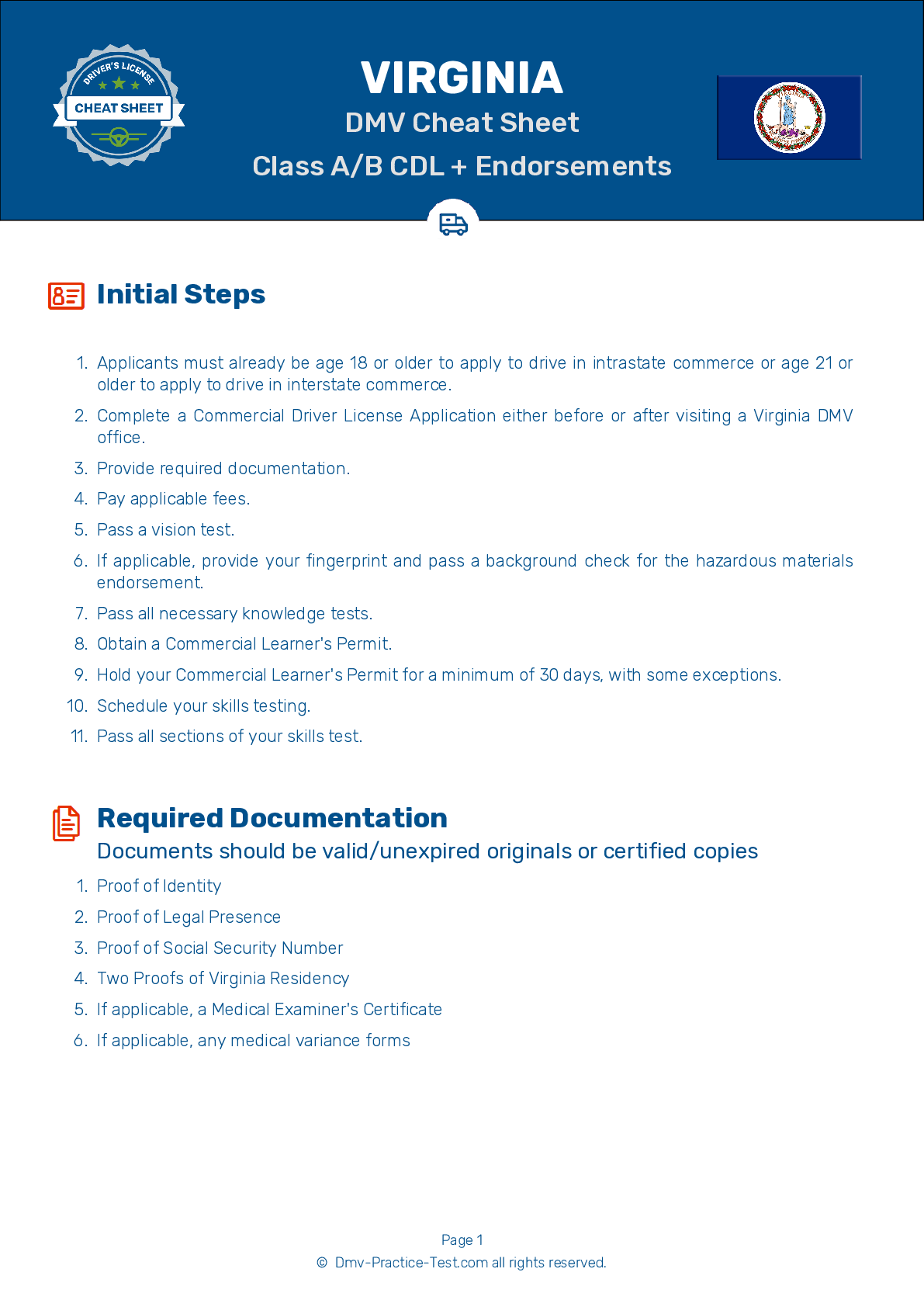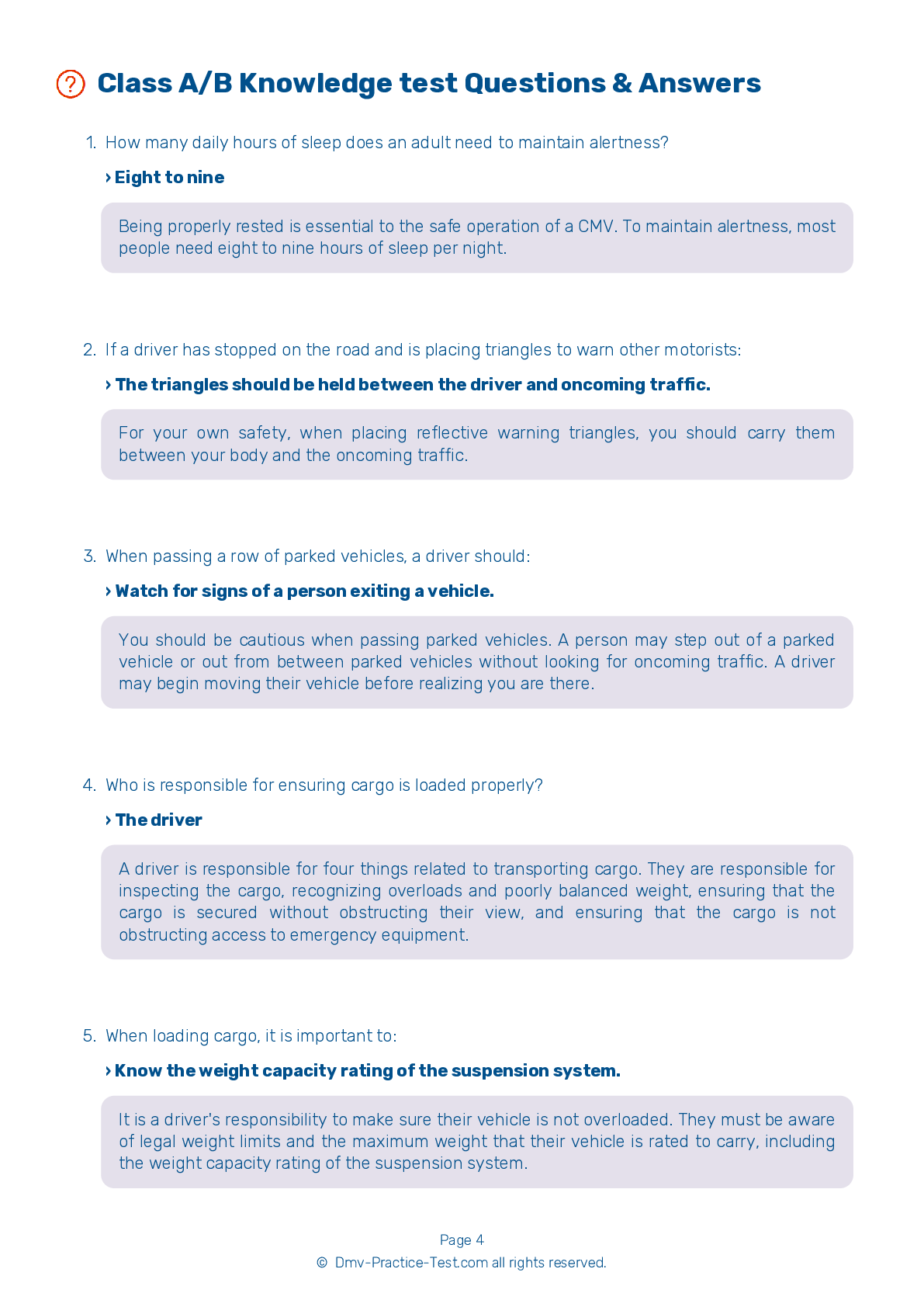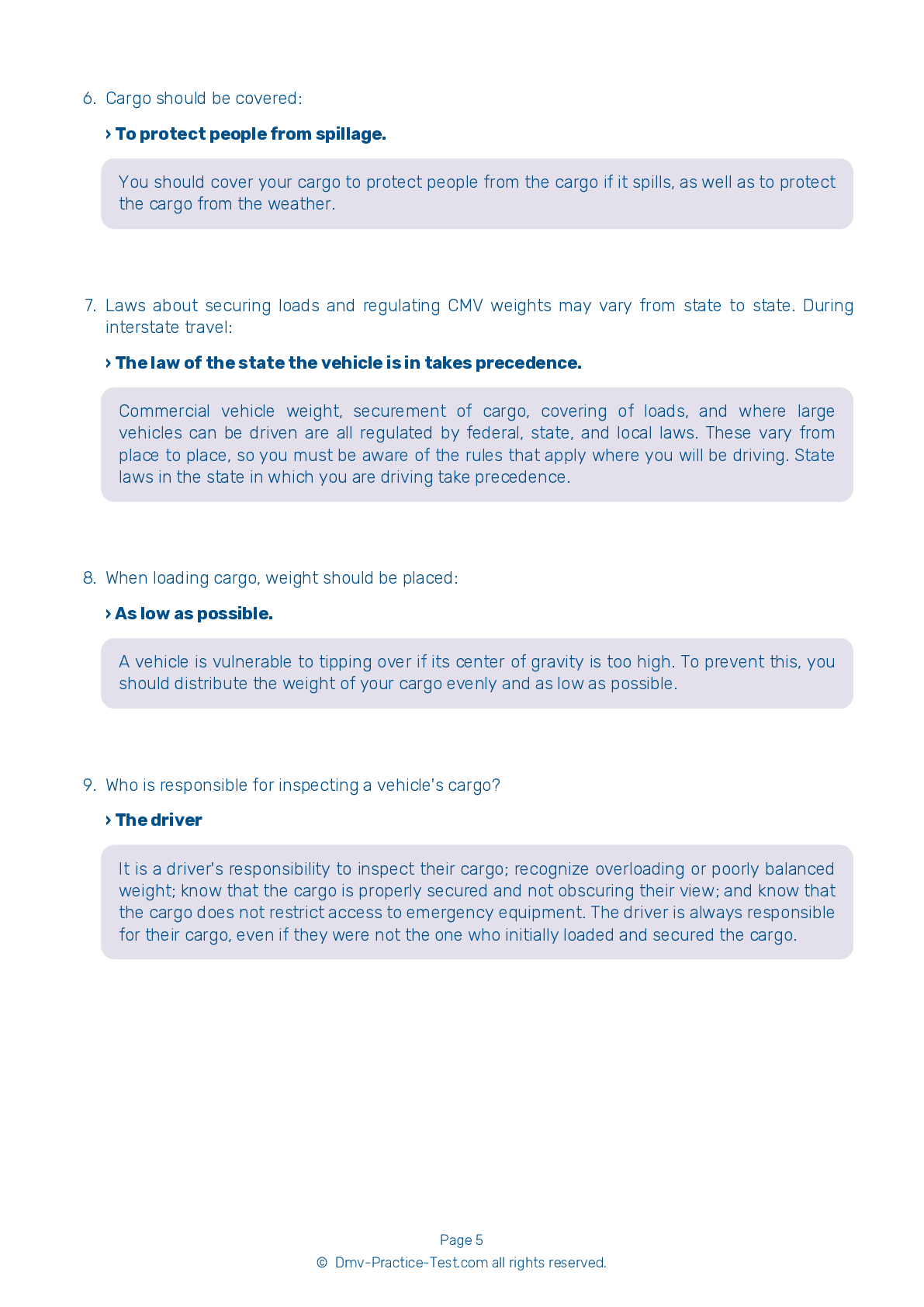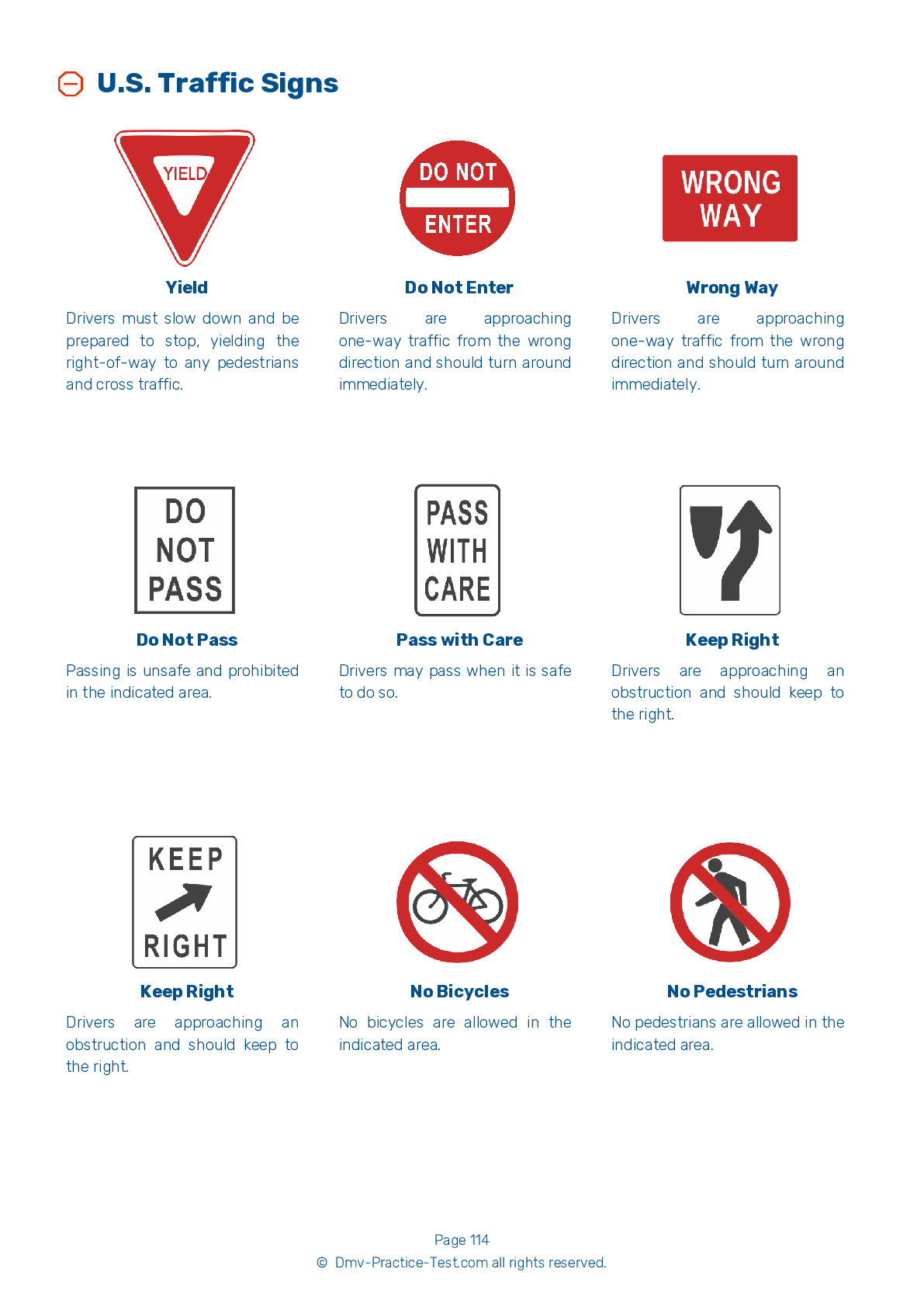Bus Driver Testing | Virginia 2025 #2 Page 2 of 3
Train for FREE online with our VA bus CDL test. The official exam test consists of several obligatory parts, with all of them checking your knowledge of different blocks of road rules. If you need to obtain a license in Virginia in 2025, learn how to become a bus driver and then practice as much as possible. Free sample tests published on our website will help you check and improve your knowledge and boost your grades. Please bear in mind that DMV requirements for a bus driver may vary from state to state.
8 . When stopping to pick up students, be sure to park at least 10 feet away from the students because:
When picking up passengers, a school bus driver should park with the vehicle's front bumper at least 10 feet away from the students. This is the safest parking option because it forces the students to walk to the bus, making it possible for the driver to watch their movements.
9 . When completing a driver's side parallel parking maneuver, you should:
You may be asked to complete a parallel parking maneuver into a parking space that is to the left of your vehicle. You should drive past the parking space before backing into it while bringing the rear of your vehicle as close to the rear of the space as possible. Your vehicle should be completely within the boundaries of the space.
10 . When alley docking, you should first:
If you are asked to alley dock, you should first pull past the alley and stop your vehicle in a position that is parallel to the outer boundary. From there, you should back your vehicle entirely into the alley parking area. Your vehicle should be parked in a straight position within the boundaries of the parking space.
11 . If a tornado is approaching and there is no nearby shelter, where should students go?
If students are evacuated due to a school bus being in the direct path of a sighted tornado, the driver should lead them to shelter in a nearby building. If no such shelter is available, the driver should escort them to a nearby ditch or culvert. They should avoid areas that may be subject to flash flooding and should be far enough away from the bus that it would not fall on them if it tipped over.
12 . The overhead inside rearview mirror should be positioned to show:
The top portion of the overhead inside rearview mirror should be positioned to display the top of the bus's rear window. This mirror positioning should allow the driver to see all of the students on the bus, including the heads of the students sitting immediately behind the driver.
13 . If there is a fire on a school bus, the students:
If a school bus is on fire, or if there is a threat of fire, it is mandatory for a bus driver to evacuate the students from the bus.
14 . If a student drops an item while approaching a school bus, the student should:
If a student tries to retrieve a dropped object, they may disappear from the driver's line of sight. This is potentially very dangerous. Rather than retrieve dropped items themselves, students should move to a point of safety outside of the bus's danger zones, get the driver's attention, and wait for the driver to retrieve what has been dropped.
See the exact questions that will be on the 2025 Virginia DMV exam.
99.2% of people who use the cheat sheet pass the FIRST TIME
Lillian MCcranie explains how our CDL study guide was helpful in passing the exam and recommends it to everyone.
Cameron tells us how he purchased the CDL exam, and found it to be a useful tool which helped him pass the exam and find a job.



